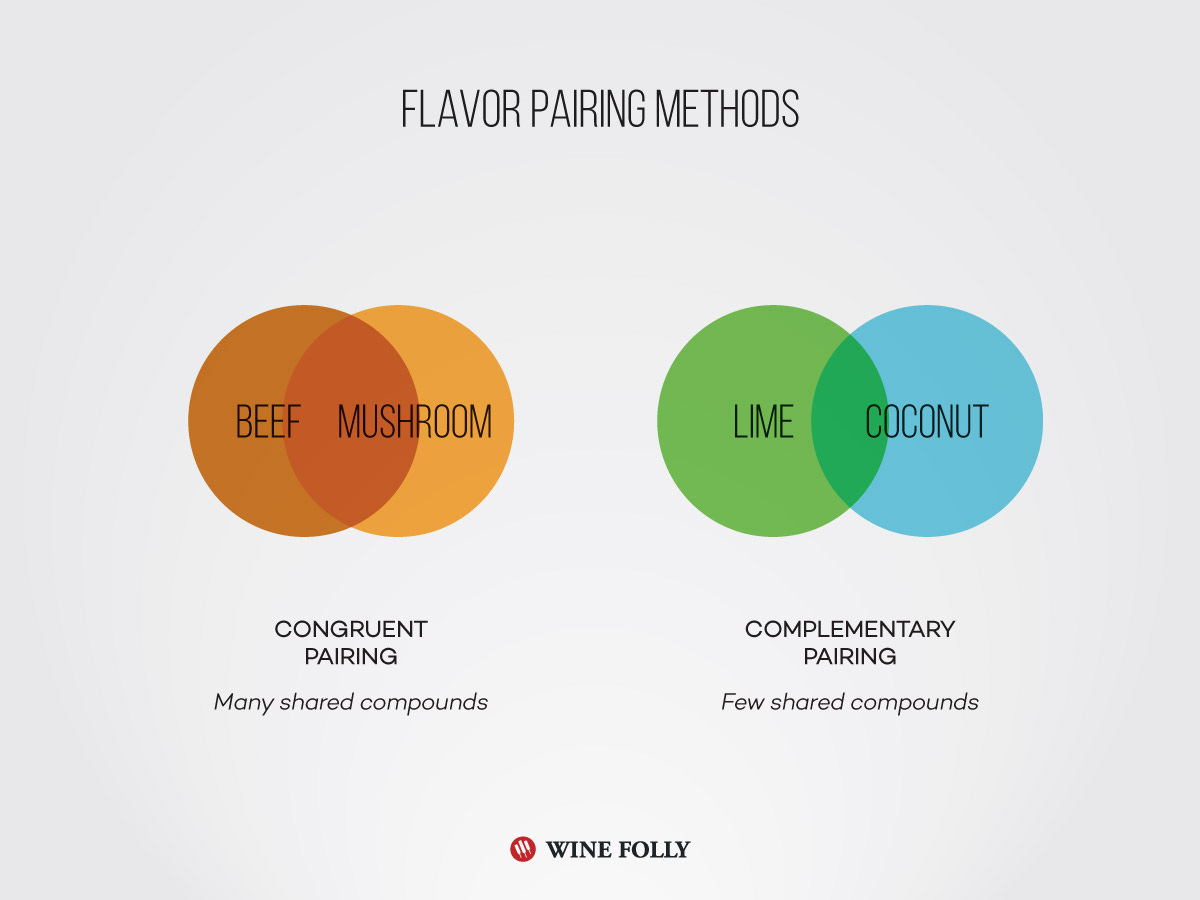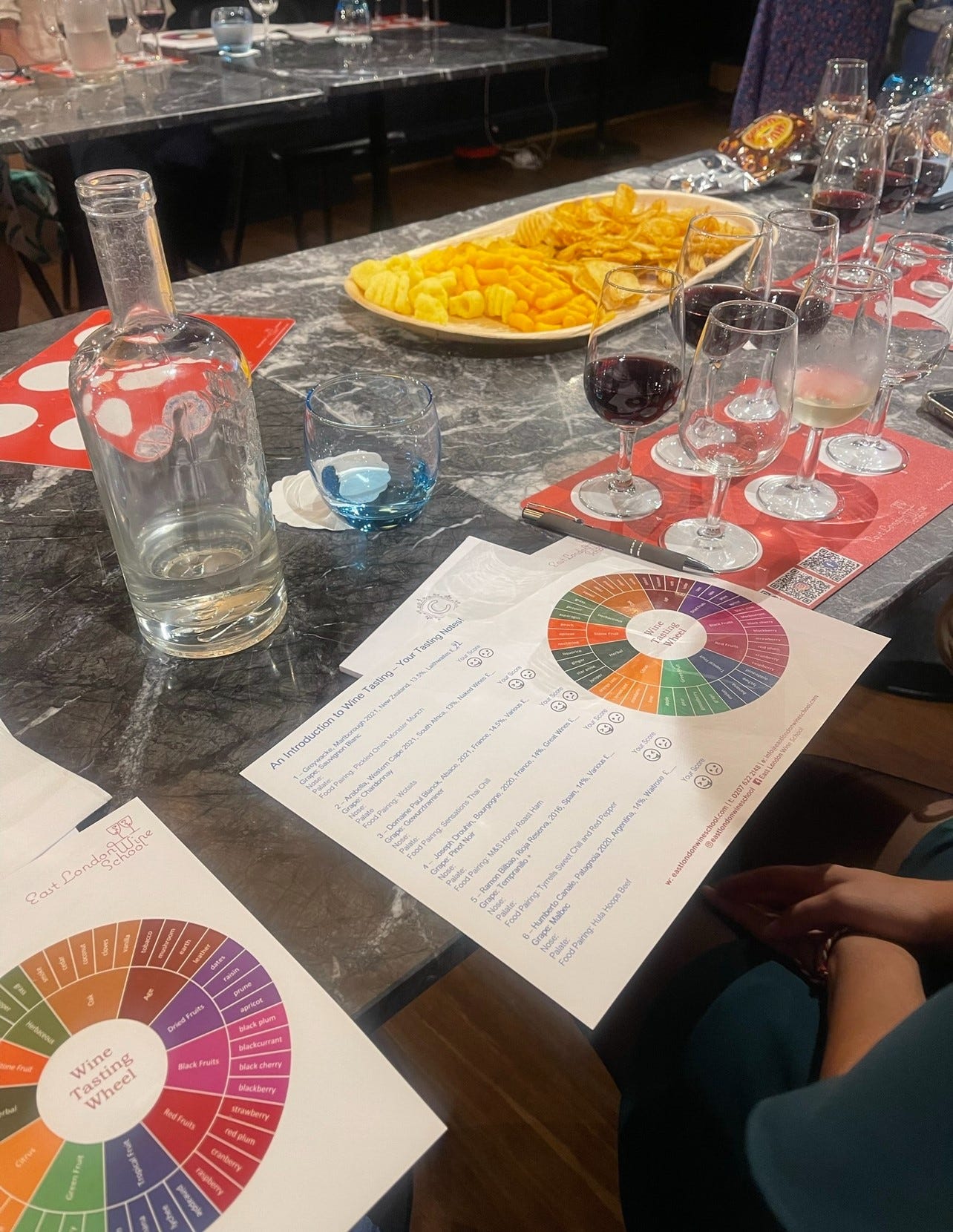This is the first post from my Wine & Food Pairing Series which touches upon some of the basic concepts which will be built upon in later posts.
Many people find pairing wine & food a daunting task, but it’s about balance to maximise the value that each component brings, to elevate the dining experience. However, the best thing to remember is that food and wine pairing is subjective. I do delve into some of the simple recommended guidelines, but these are not hard and fast rules; if you match what you enjoy then you can’t go wrong!
There are 6 main flavour profiles that you should consider when pairing wine & food:
1. Acidity
2. Bitter (Tannins)
3. Sweet
4. Fatty
5. Salty
6. Spice

Wine can be grouped into the first 3 categories (acidity, sweet, bitter) – red wines have more bitterness, white, rosé and sparkling wines have more acidity and sweet wines have more sweetness. Primarily it is important to understand the basic components in the wine and in the food dish, i.e. simplifying the wine and food dish down to its basic dominant tastes. A good starting point in wine and food pairings is matching the wine to the most prominent element of the food dish, this could be the seasonings, sauce or the main ingredient.
Generally, there are 2 recognised methods of pairing wine with food: Congruent & Complementary.
Congruent Wine Pairings is when you pair two similar flavours together, which amplify one another’s shared flavour compounds and enhance them. For example, a soft and creamy Chardonnay pairs well with a creamy carbonara or a Merlot with plum notes will pair nicely with duck in a plum sauce.
Complementary Wine Pairings is when one flavour profile cuts through and complements the other. For example, a slightly sweet Riesling will balance nicely with the spices in Indian Food.





